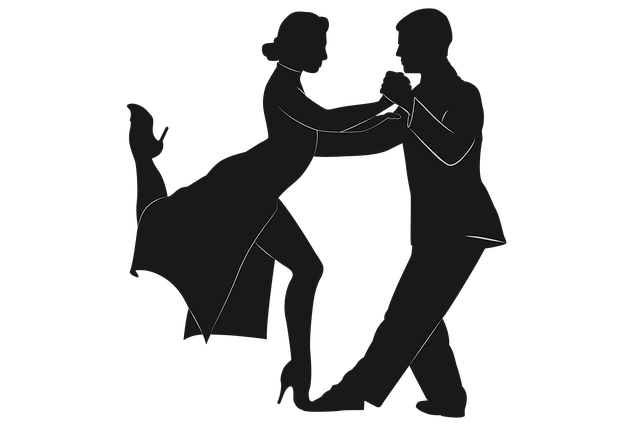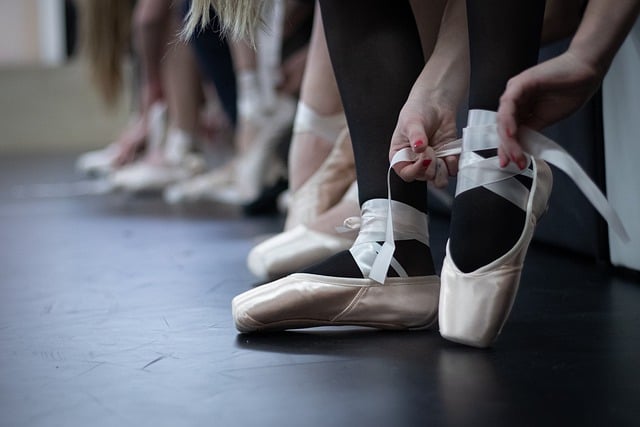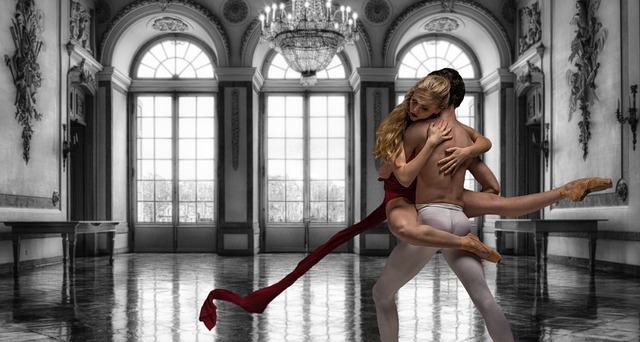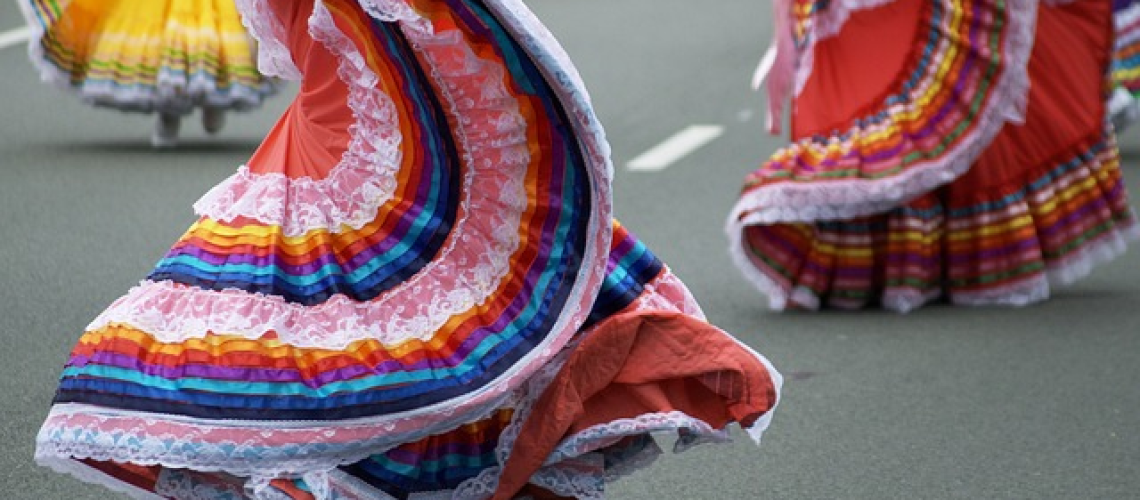In the realm of belly dance, aspiring dancers are faced with a pivotal choice: to join a troupe or embark on a solo journey. It is a decision that requires careful consideration, as each path offers unique advantages and challenges. Picture this: on one side, a vibrant and tightly-knit troupe, where camaraderie and shared experiences form the foundation of a well-oiled machine. On the other side, a solitary dancer, basking in the freedom to forge their own artistic path and make individual choices. This article delves into the benefits of both options, exploring the joys of being part of a troupe and the liberation of being a soloist. However, before making this decision, several factors must be taken into account, including personality, work style, compatibility with others, and long-term goals. By analyzing these considerations, dancers can determine which path aligns best with their aspirations and desires. So, whether you crave the solidarity of a troupe or the autonomy of a soloist, this article will guide you towards choosing what’s right for you.
Key Takeaways
- Joining a troupe offers camaraderie, shared experiences, and a sense of unity, while going solo allows for personal artistic expression, freedom, and exploration of independence.
- Personality traits, compatibility with troupe members, suitability for group or solo settings, and the desire for autonomy are important factors to consider when deciding between joining a troupe or going solo.
- Open communication and the ability to work together are crucial for compatibility with troupe members, while the decision to go solo may be driven by a desire for artistic autonomy and quick decision-making.
- The decision between joining a troupe or going solo depends on one’s personality, work style, and long-term goals, and it should be made by weighing the advantages of each path and aligning them with personal aspirations and desires.
Benefits of Troupe

One of the benefits of joining a troupe is the opportunity to work with a well-bonded team that shares similar backgrounds and promotes a sense of team effort. Being part of a troupe allows dancers to collaborate and create together, fostering a strong bond and camaraderie among the members. The shared backgrounds of troupe members often create a sense of understanding and unity, which can enhance the overall performance. This sense of belonging and unity within the troupe can lead to a more cohesive and synchronized performance. Furthermore, the team effort required in a troupe encourages dancers to work together, supporting one another and pooling their skills and talents to create a seamless and dynamic performance. Overall, joining a troupe offers the advantage of being part of a well-bonded team with similar backgrounds, promoting a sense of unity and collaboration.
Benefits of Soloist

An advantage of pursuing a path without the support of a group is the freedom to personally curate costuming, music, and performance choices, allowing the individual to paint their own unique artistic canvas. This freedom of expression is a major benefit for soloists, as it allows them to explore their independence and creativity without any restrictions imposed by a troupe. Soloists have the ability to choose their own costumes, selecting designs and styles that best represent their artistic vision. They can also handpick their music, selecting songs that resonate with them and enhance their performance. Moreover, soloists have the freedom to make quick decisions, adapting their performance choices on the spot based on audience reaction or personal inspiration. This level of independence fosters a sense of ownership and personal satisfaction in their work, making the soloist path an enticing choice for those who value their artistic autonomy.
Considerations for Decision

When considering the decision between joining a troupe or pursuing a solo path in the performance arts, it is essential to carefully evaluate various factors that may influence one’s choice. Two important considerations are personality traits and compatibility with troupe members. Personality traits play a significant role in determining whether an individual is better suited for a group or solo setting. Those who thrive in group projects and enjoy collaborating may find joining a troupe more fulfilling. On the other hand, individuals who prefer autonomy and have strong decision-making skills may find going solo more appealing. Compatibility with troupe members is also crucial. Clashes can arise when working closely with others, so open communication and a willingness to work together are essential for a successful troupe experience. Considering these factors will help individuals make an informed decision that aligns with their personality and work style.
| Personality Traits | Compatibility with Troupe | Goals |
|---|---|---|
| Preference for group projects | Potential for clashes | Desire for community |
| Ability to take direction | Importance of open communication | Wanting to go pro |
| Advantages of troupe or soloist path |
Frequently Asked Questions
How does being part of a troupe affect one’s personal growth as a dancer?
Being part of a troupe can greatly enhance a dancer’s personal growth. The dynamic nature of the troupe creates opportunities for collaboration, feedback, and growth. The close-knit team fosters a supportive environment that encourages self-improvement and development of new skills.
What are some potential challenges faced by soloists and how can they be overcome?
Overcoming challenges as a soloist requires building a strong support system. Potential challenges include lack of guidance, missed opportunities, and limited gig options. Building connections within the dance community can help overcome these obstacles.
Are there any financial considerations that should be taken into account when deciding between troupe or soloist path?
Financial considerations should be taken into account when deciding between a troupe or soloist path. Soloists may face a lack of career stability and a limited income, while troupe members may benefit from shared expenses and a more stable income.
Can a dancer transition from being a soloist to joining a troupe, or vice versa?
Dancers can transition from being a soloist to joining a troupe, or vice versa. This allows for flexibility in exploring different opportunities and roles. The decision depends on individual preferences, goals, and the desire for community or independence.
Are there any cultural or regional factors that may influence the decision between troupe or soloist?
Cultural influences and regional factors may influence the decision between troupe or soloist. For example, in Middle Eastern cultures, the emphasis on community and collective expression may make joining a troupe more appealing, while in individualistic Western societies, the soloist path may be favored.
